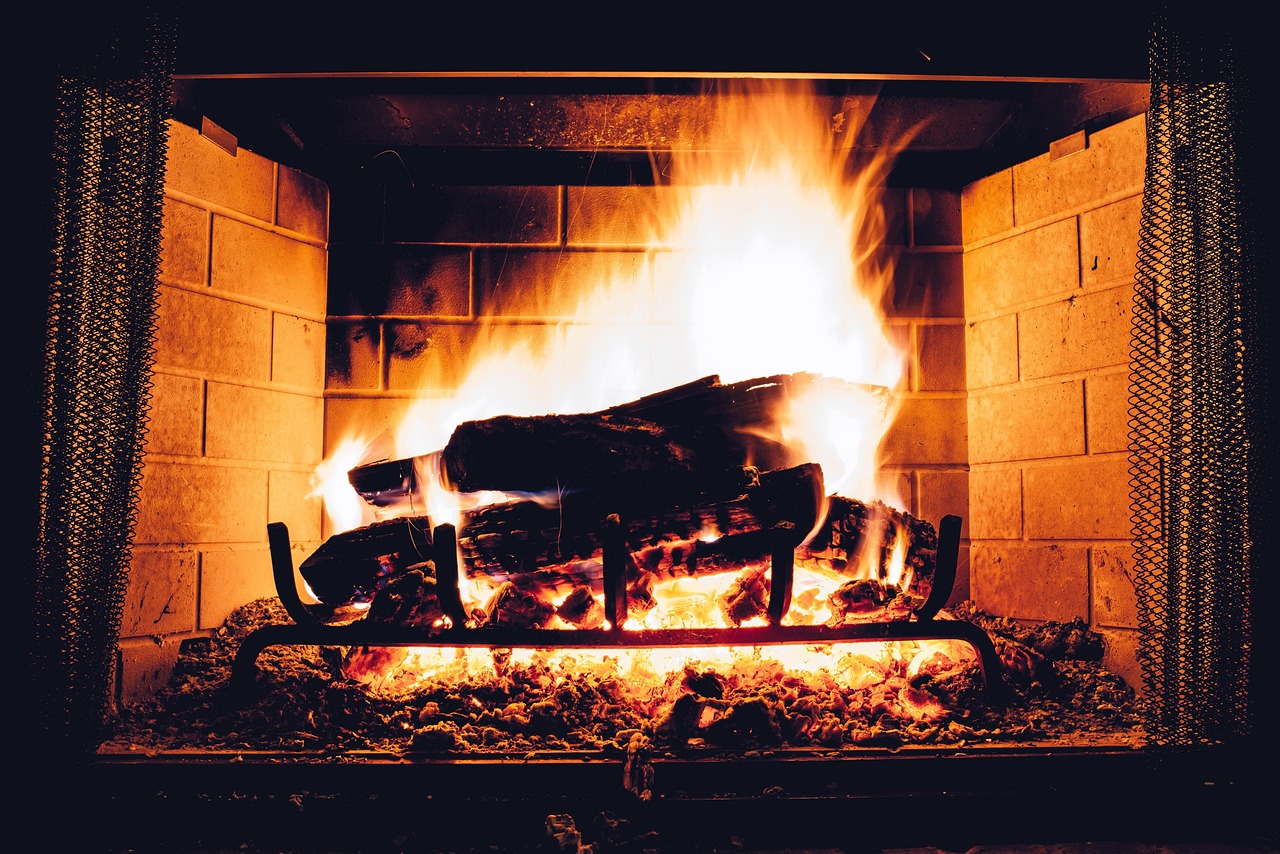The first fire of winter feels earned, but comfort rests on quiet preparation. A safe hearth begins long before a match is struck, with clean flues, sound masonry, and alarms that speak up if something drifts off course. Early checks prevent smoke where it should not be and heat where it cannot stay contained. This is practical care with a generous payoff. Rooms warm faster, evenings run calmer, and the season’s rituals unfold without worry sitting at the edge of the flame.
Chimney, Flue, And Cap Inspection
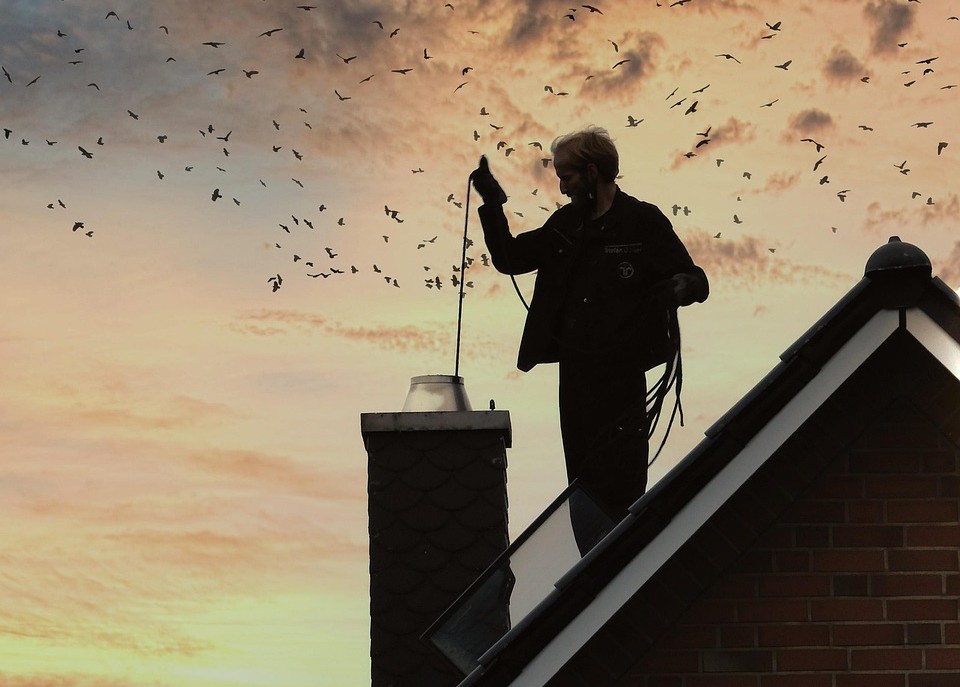
Book a certified sweep to remove creosote, glazed deposits, and nests, then inspect the liner from firebox to crown. Cracked tiles, spalled brick, or a loose crown let moisture and sparks travel where they should not. A missing or damaged cap invites animals and rain that can ruin draft and accelerate decay. After any chimney fire or quake, a level three evaluation makes sense. A clean, continuous, capped stack is the single biggest step toward safe, efficient fires.
Damper Function And Draft Test
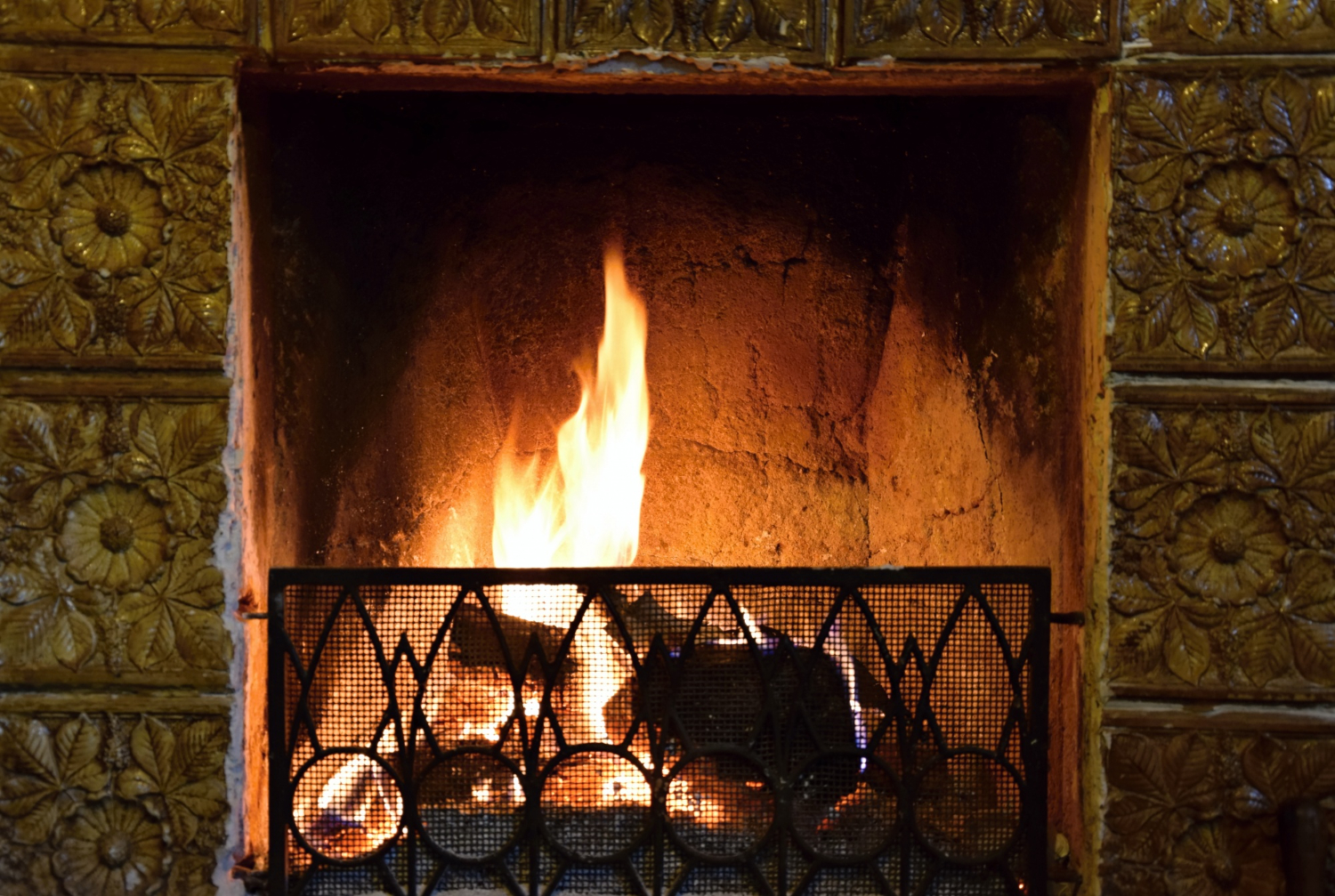
The damper must open fully, close smoothly, and seal without rusted gaps. Warped plates waste heat up the flue and invite backdrafts that smoke a room. Test the pull with a lit match or incense near the throat before kindling is placed. Weak draw hints at blockages, cold flues, or competing exhaust fans. Preheat the flue with a rolled newspaper if needed, but pause if smoke spills inward. Fix the cause first so every fire starts clean and stays that way.
Firebox, Hearth, And Clearances
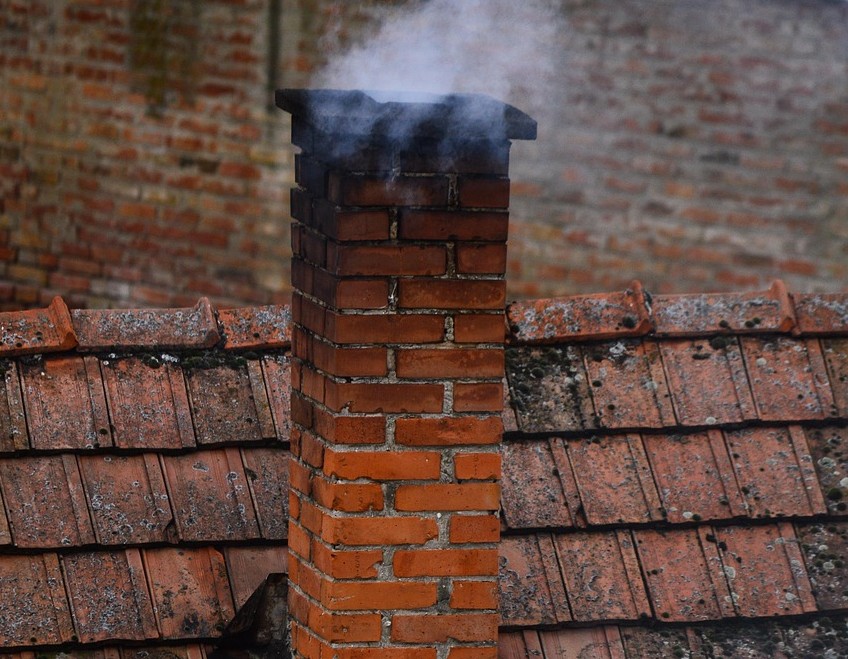
Firebrick and refractory mortar take heat that finishes would never survive. Tap for loose bricks, fill missing joints, and seat any fireback tight to the wall. The hearth extension should meet code depth to catch embers, and mantels or trim must sit at proper clearance to avoid scorching. Screens or doors should close square and latch. Clear the safety zone of stacked logs, baskets, and decor. Once sparks start, tidy margins become real protection and not just good intentions.
Alarms, Detectors, And Extinguishers
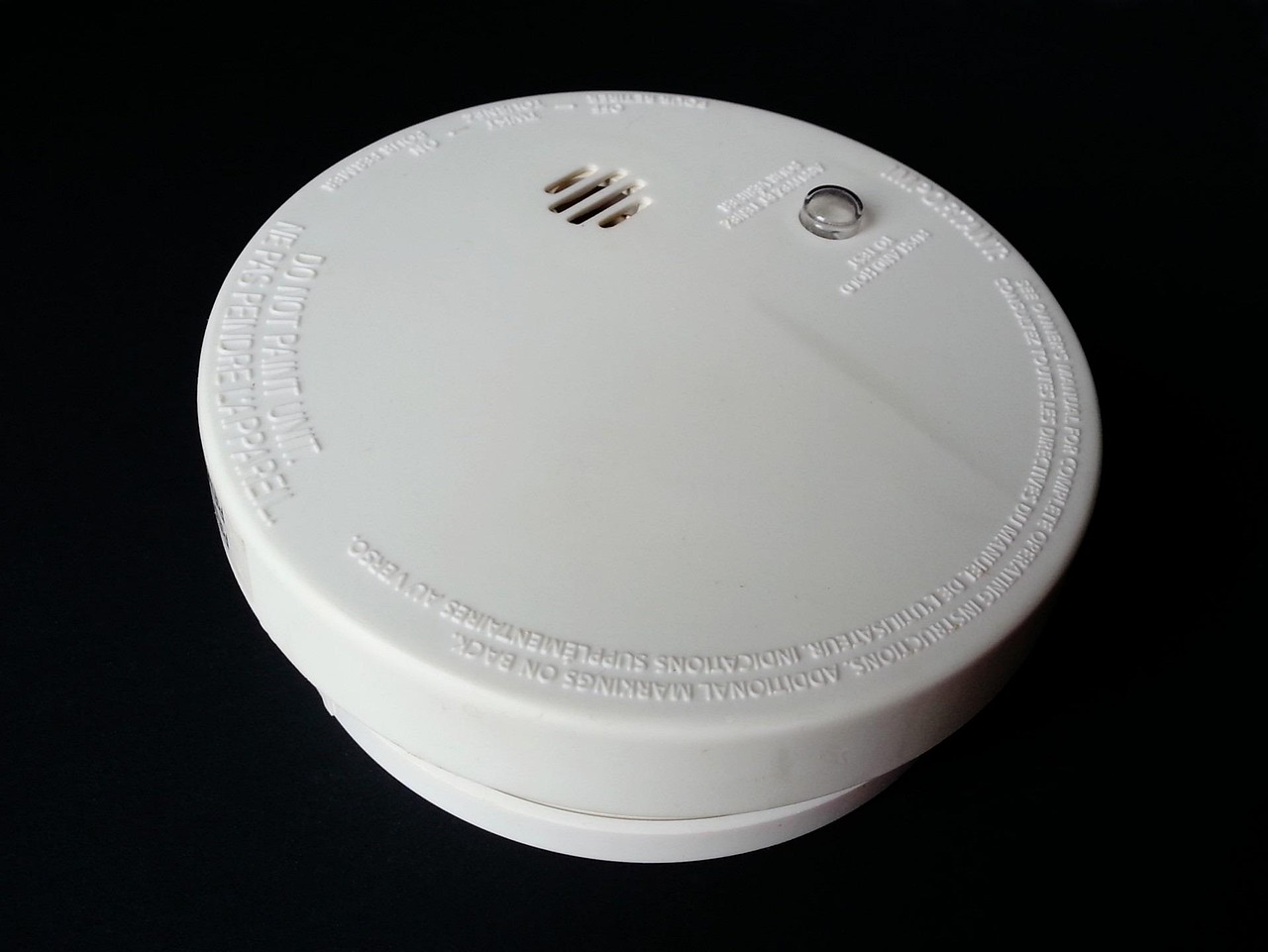
Working alarms turn a nuisance into a warning that buys time. Smoke and carbon monoxide detectors should chirp on test, carry fresh batteries, and show manufacture dates within service life. Mount an ABC extinguisher in the same room where it is visible and reachable. Clear dust from floor registers so ash does not circulate through ducts. For gas units, annual service confirms pilot safety, gasket condition, and leak free connections. Good alerts and clean air make cozy feel earned, not risky.
Fuel Quality And Safe Storage
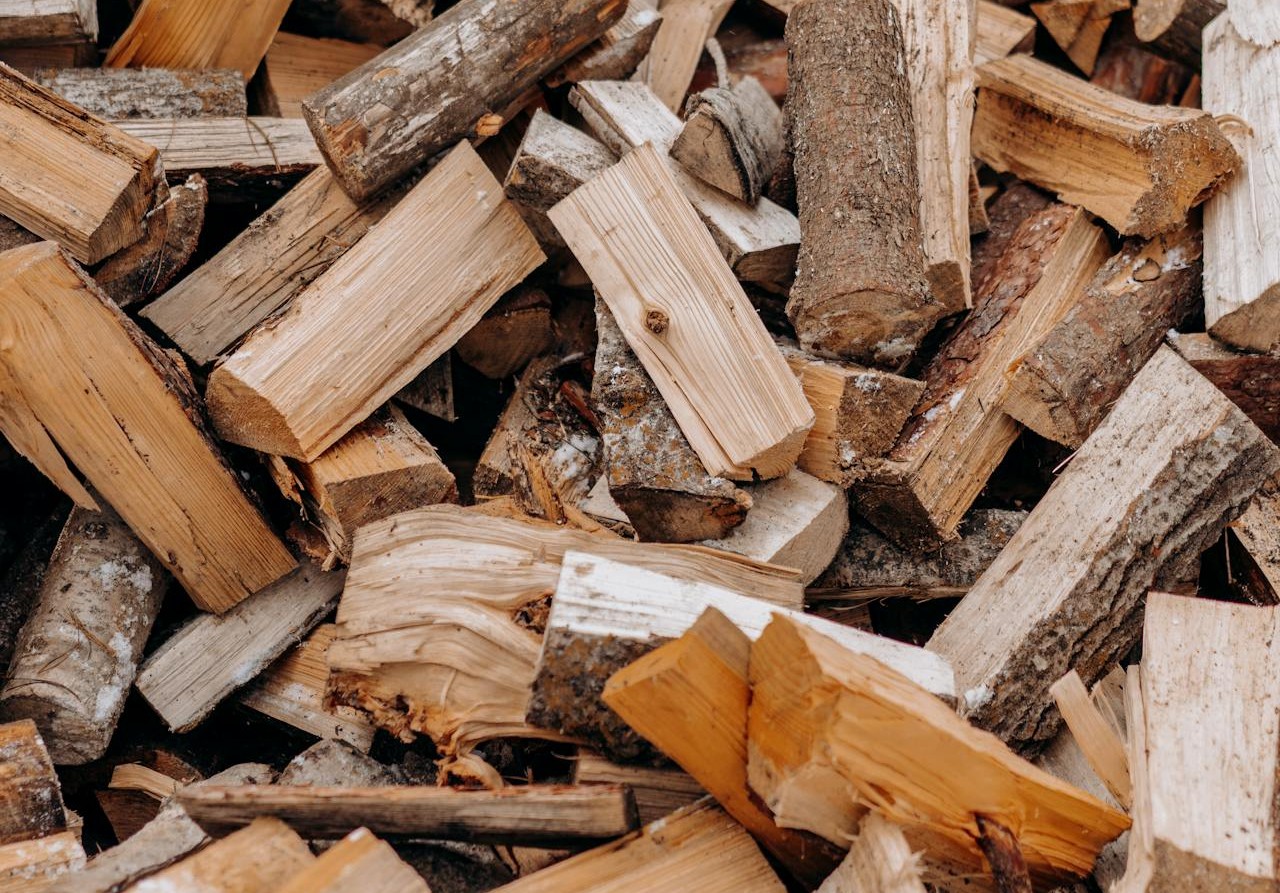
Seasoned hardwood burns hotter and cleaner than fresh cut logs. Aim for moisture under 20 percent and check with a simple meter. Stack wood off the ground, top covered, and open at the sides for airflow. Skip painted, pressure treated, or construction scraps that release toxins. Keep kindling dry, a lidded metal ash bucket nearby, tongs within reach, and a stable grate that lifts logs for airflow. When fuel and tools are set, lighting and cleanup become calm routine.
